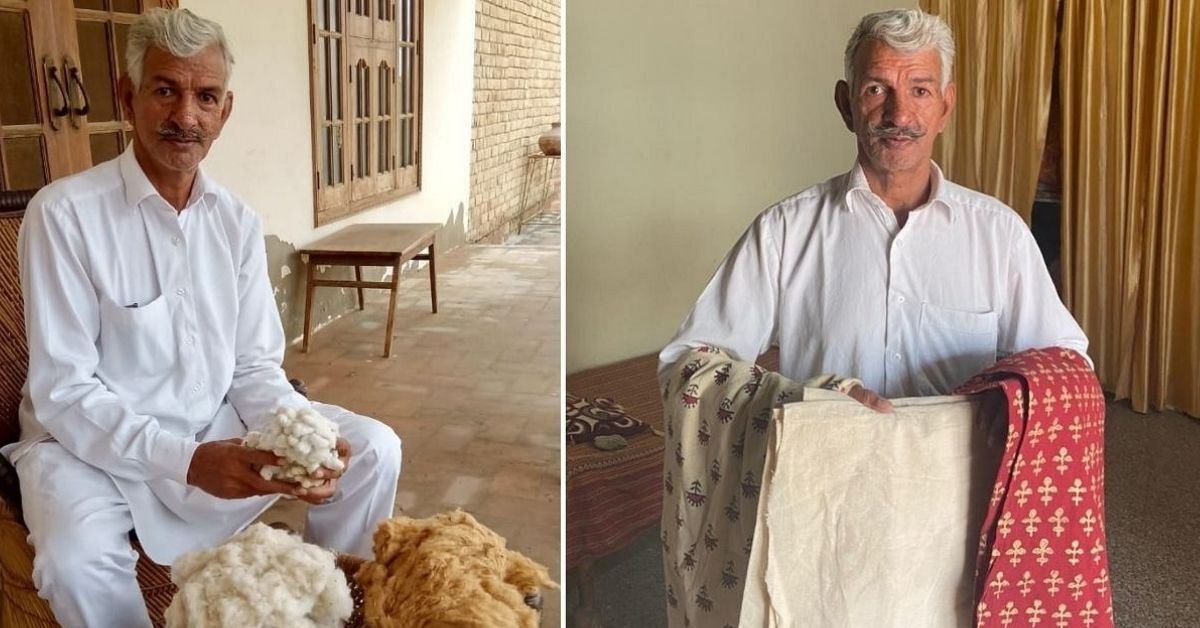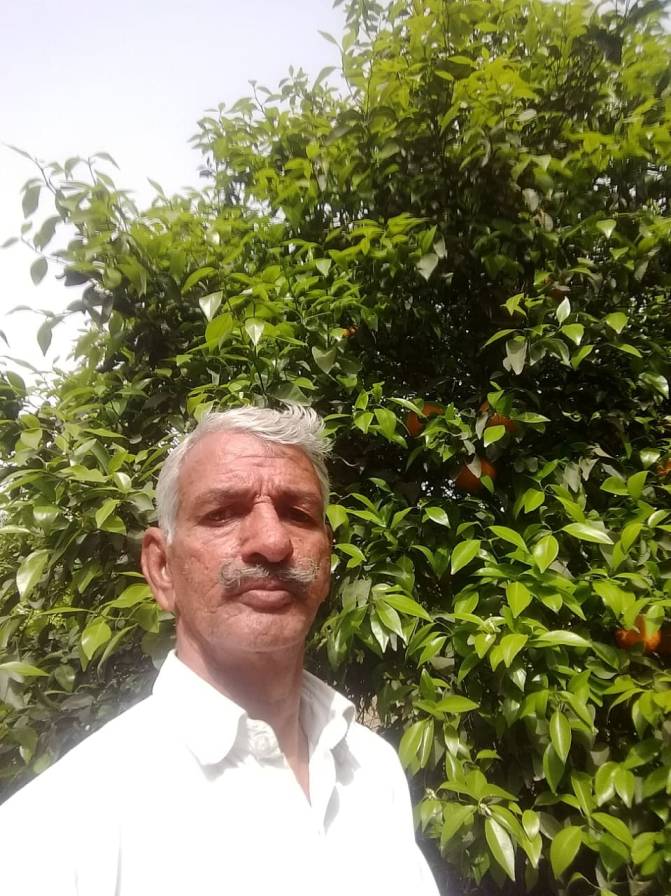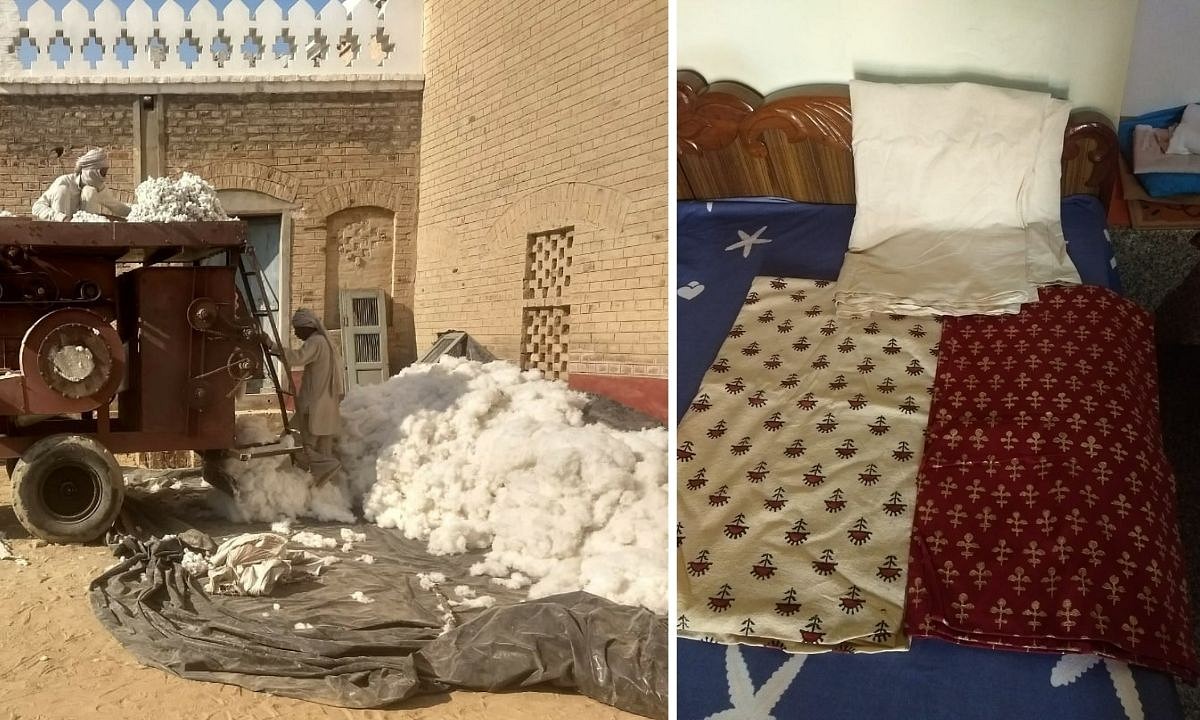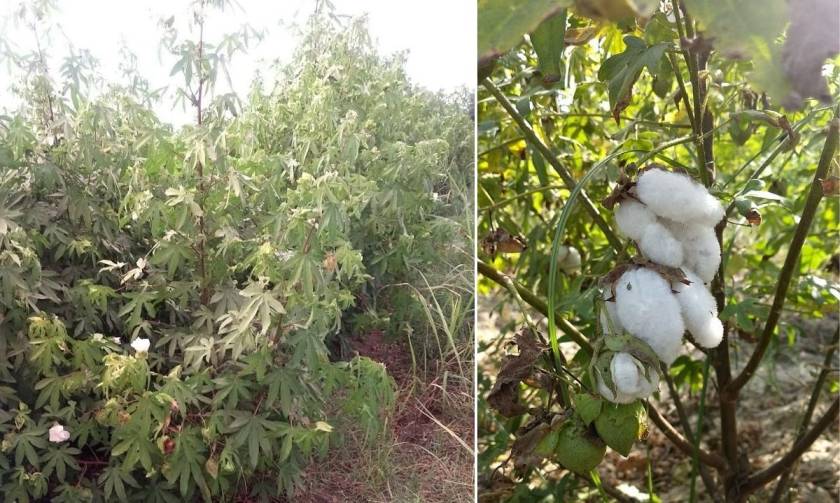60-YO Farmer Earns Lakhs & Blazes a Trail By Making His Own Clothes!
Surendra Pal, an agriculturist from Punjab, started cultivating cotton in 2009. Today, along with growing his own vegetables, he makes cotton clothes, quilts and mattresses that even reach England.

Each year, India produces an average of 5,770 thousand metric tonnes of cotton making it the world’s highest producer. The first evidence of cotton use was found in India and Pakistan, and dates from about 6,000 B.C. Scientists believe that cotton was first cultivated in the Indus delta.
One among the indigenous cotton farmers is 60-year-old Surendra Pal from Dhingwali in Fazilka, Punjab, who has been cultivating cereals, pulses and oilseeds as well. In 2012, he began processing the cotton to make natural garments.
Surendra, who completed his education till Class 10, says that in his village people would either get into the army or would get into agriculture and cultivate their family land. Speaking to The Better India, he says, “Like a few others in my village, I also tried to get into the Indian army but was unable to and that steered me into agriculture.” Given that Surendra lived in a joint family and had a large area of land already under cultivation, it was only a matter of joining them.
“I was always inclined towards natural farming and never felt the need to use any chemical fertilisers. Even when I did use chemical fertilisers, it was of very small quantity. Since 1992, I have been practising organic and natural farming.”

On the family land, Surendra has been cultivating fruits like tangerine and guava and also cereals and pulses like wheat, bajra, jowar, maize, sesame and cotton. “A majority of our own family needs are taken care of with what we grow. Now, we also make our own clothes,” he says.
Journey of cotton cultivation

Speaking about the cotton cultivation, Surendra says, “I have been cultivating cotton in my 4 acres of land. While indigenous cotton was cultivated in North-India and then spun on chakras to make cloth, that process is long gone now. Today, farmers growing indigenous cotton are a rare breed. Most farmers cultivate a hybrid variety ‘Bt Cotton’ but Surendra says he has never planted hybrid cotton.
“One of the major reasons why cottonseed was harvested was the livestock. Besides the green fodder and mustard cake that they are given, cottonseed is also part of their feed. Once the cotton plant is harvested what is left behind is the cottonseed that is used as cattle feed. “Even though farmers are now feeding their cattle with the hybrid variety of cotton, that is not good for the cattle and therefore the reason to grow indigenous cotton in an organic method is even more relevant,” he says.
Cotton is sown in the month of May and cultivated by October. To cultivate cotton the land needs to be well ploughed. Speaking about this process, Surendra says, “Once we plough the land well we leave it vacant for up to two weeks. From 1 acre of land approximately 3 to 7 quintals of cotton is produced. Along with cotton, Surendra also plants moong and moth dal, which helps the land get adequate nitrogen.
He continues, “For good cotton cultivation pollination plays a very important role. This needs enough birds in the area, and to encourage the birds, rows of bajra and jowar are also grown on the land interspersed between the cotton. The flowers of these plants attract the birds. The periphery of the land is filled with marigold flowers as an additional way of attracting the birds and bees. This method helps in aiding pollination and in keeping the pests away without the use of any chemicals.”
Organic cotton clothes

A turning point of sorts came about in 2009, when Surendra decided to use the cotton he was cultivating and making his own clothes. He says, “There was a time when every village had weavers who would use the cotton to make clothes – that has changed now. All the cotton being produced is being sold to bigger companies who add chemicals to the process.”
That’s when Surendra decided to stop selling the cotton to these bigger companies.
In 2013, Surendra found a power loom and decided to start making organic cotton fabric. As an agriculturist, Surendra did not have any knowledge of how to make clothes and it was all a learning experience for him.
He says, “One quintal of cotton makes more than 100 meters of cloth and the quantity of cloth also depends on whether you are making the cloth thick or thin. A common farmer gets between Rs 5,000-Rs 6,000 by selling one quintal of cotton in the market. We earn up to Rs 19,000 from the sale of one quintal of cloth made from cotton.”
Since cultivating the cotton crop is a labour-intensive process, Surendra has also been able to employ several women’s groups across Punjab for this work. At any given time, there are close to 45 people on the field for cotton plant harvesting. Given the rise in demand for organic cotton clothes, Surendra managed to connect with clients from across India and other parts of the globe as well.
Besides the cotton material there is also demand for his organic cotton quilts, mattresses, cotton cloth to be used as makeup remover and clothes. “Since we do not use any harmful chemicals in what we make there is no chance of people having a reaction to our clothes,” he says.
The sexagenarian farmer says that while he doesn’t sell his products through a website, people get in touch with him directly after which he ships the items to them.
His cotton has also reached England, where a mother and daughter duo wanted to buy organic cotton quilts. Surendra now earns in lakhs month-on-month but says that he is not in this for the money that he makes. “The amount that we charge for the products is dependent on the quantity of cotton that is used in its making and also on how much the cotton is priced at when the product is being made,” says Surendra.
In conclusion, he says, “Farming is not a business for us but it is our way of life. Almost all our needs are being met by agriculture, so it does not matter to us what our annual income is. We live well, and in providing employment to others we feel like we have earned a lot.”
(Edited by Yoshita Rao)
This story made me
- 97
- 121
- 89
- 167
Tell Us More
We bring stories straight from the heart of India, to inspire millions and create a wave of impact. Our positive movement is growing bigger everyday, and we would love for you to join it.
Please contribute whatever you can, every little penny helps our team in bringing you more stories that support dreams and spread hope.



















